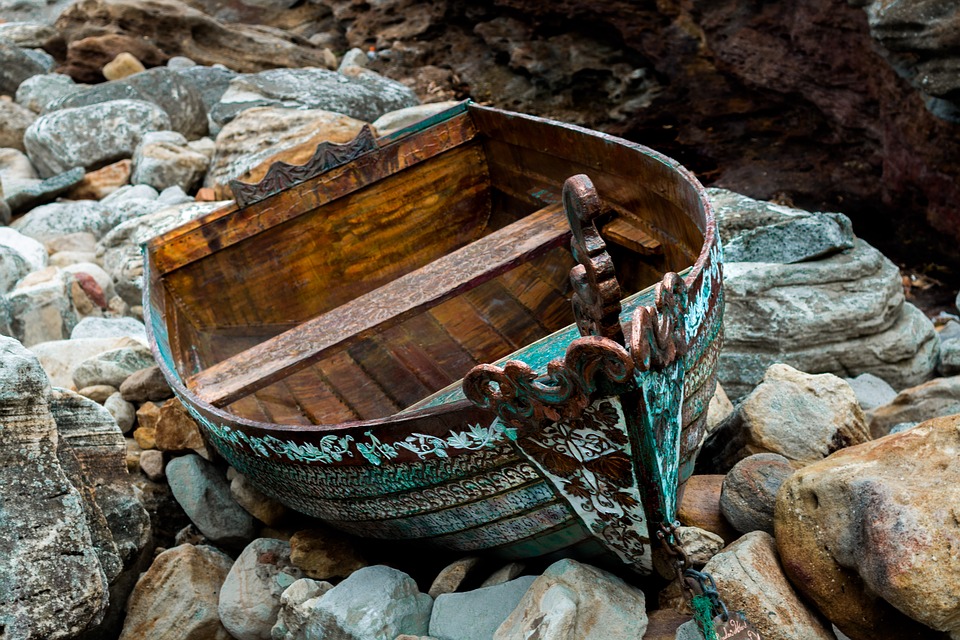In the 1980s, a fisherman named Manuel Polanco spotted a shipwreck off the coast of Mexico. Upon further analysis, archaeologists were able to provide some possible information on the ancient wreck.
Express reports that the ship, found on the coast of Quintana Roo in the Yucatan Peninsula, was believed to be over 200 years old. Among the items found in the wreck were a 2.5 meter long cannon and pig ingots that may have been used as the ship’s ballast. According to archaeologist Laura Carrillo Marquez of Mexico’s National Archaeological Institute, many details about the ship have yet to be determined, but based on the anchor and cannon that was found, it appeared to be similar in design to the 18th-century English ships.
The wreck was found in what is locally known as “Nightmare Reef” or “Sleep-robbing reef” due to the dangers it presents to sailors that are sailing over this part of the ocean. The reef itself is large and the waters are shallow, making it an unfavorable spot for ships to sail over.
“Little by little, a sailboat from the late eighteenth and early nineteenth-century begins to reveal its history in the waters around Chinchorro Bank, in the Yucatan Peninsula. The underwater archaeologists theorize how the crew of that vessel made a last effort to avoid the catastrophic event,” said the Institute in a statement.
Archaeologists have delayed further excavations of the wreckage until the coronavirus pandemic has blown over.
Speaking of discoveries, in Egypt, archaeologists performed a scan on the Great Pyramid that led to a finding that appeared to be hiding in plain sight. In 2019, in the program Egypt’s Unexplained Files, archaeologist Glen Dash explained how the purpose of the pyramids was not just a tomb for royals in ancient Egypt, but was also a way to provide for their king’s resurrection at the time.
It was revealed that while performing a scan on the pyramid, they found a series of holes on the ground, which he believes was done by the builders. In the holes in the ground, builders placed posts in them at a certain time of year, during the autumn equinox. These posts would then cast shadows on the ground, which would be used as directional reference points in building the pyramid.



 NASA Partners with Katalyst to Save Swift Observatory with Innovative Docking Mission
NASA Partners with Katalyst to Save Swift Observatory with Innovative Docking Mission  Neuralink Expands Brain Implant Trials with 12 Global Patients
Neuralink Expands Brain Implant Trials with 12 Global Patients  Eli Lilly’s Inluriyo Gains FDA Approval for Advanced Breast Cancer Treatment
Eli Lilly’s Inluriyo Gains FDA Approval for Advanced Breast Cancer Treatment  Ancient Mars may have had a carbon cycle − a new study suggests the red planet may have once been warmer, wetter and more favorable for life
Ancient Mars may have had a carbon cycle − a new study suggests the red planet may have once been warmer, wetter and more favorable for life  FDA Lifts REMS Requirement for CAR-T Cell Cancer Therapies
FDA Lifts REMS Requirement for CAR-T Cell Cancer Therapies  CDC Vaccine Review Sparks Controversy Over Thimerosal Study Citation
CDC Vaccine Review Sparks Controversy Over Thimerosal Study Citation  SpaceX Starship Test Flight Reaches New Heights but Ends in Setback
SpaceX Starship Test Flight Reaches New Heights but Ends in Setback  Neuren Pharmaceuticals Surges on U.S. Patent Win for Rare Disorder Drug
Neuren Pharmaceuticals Surges on U.S. Patent Win for Rare Disorder Drug  Tabletop particle accelerator could transform medicine and materials science
Tabletop particle accelerator could transform medicine and materials science  Cogent Biosciences Soars 120% on Breakthrough Phase 3 Results for Bezuclastinib in GIST Treatment
Cogent Biosciences Soars 120% on Breakthrough Phase 3 Results for Bezuclastinib in GIST Treatment 






























